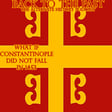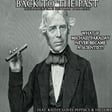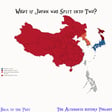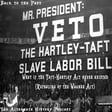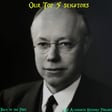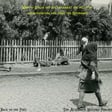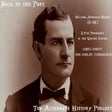
What if Y2K Actually Happened?
Around the 1960's, computers started to pick up steam. Programs were being made to increase the productivity of different industries and fields. And one fundamental decision was made. The year would be encoded with two digits instead of four. For example, instead of 1965, it would be 65. Around the late 90's, computer scientists started to realize that the computers might interpret the year 2000 as the year 1900. This might not seem like much, but it would result in a massive interruption in the financial system for example. Luckily, governments around the world realized the massive threat this posed and spent billions of dollars fixing all their computers with new software to make sure that no large interruption occurred. However, what would happen if governments didn't spend the money to fix this? Listen now and find out!
Socials
Email: back2thepastpodcast@gmail.com
Twitter: https://twitter.com/BackTothePastP1
Instagram: https://instagram.com/backtothepastp1
Website: https://kloka.org/back-to-the-past-the-alternate-history-podcast/
Check out Kloka, an organization dedicated to providing quality podcasts and other media to you! Come and take a look, and make an account to engage with us and the community! https://kloka.org
If you enjoyed this episode, leave a review and help others find our podcast! https://ratethispodcast.com/althistory
More background info on the topic:
https://www.nationalgeographic.org/encyclopedia/Y2K-bug/
The Y2K bug was a computer flaw, or bug, that may have caused problems when dealing with dates beyond December 31, 1999. The flaw, faced by computer programmers and users all over the world on January 1, 2000, is also known as the "millennium bug." (The letter K, which stands for kilo (a unit of 1000), is commonly used to represent the number 1,000. So, Y2K stands for Year 2000.) Many skeptics believe it was barely a problem at all. When complicated computer programs were being written during the 1960s through the 1980s, computer engineers used a two-digit code for the year. The "19" was left out. Instead of a date reading 1970, it read 70. Engineers shortened the date because data storage in computers was costly and took up a lot of space. As the year 2000 approached, computer programmers realized that computers might not interpret 00 as 2000, but as 1900. Activities that were programmed on a daily or yearly basis would be damaged or flawed. As December 31, 1999, turned into January 1, 2000, computers might interpret December 31, 1999, turning into January 1, 1900.
